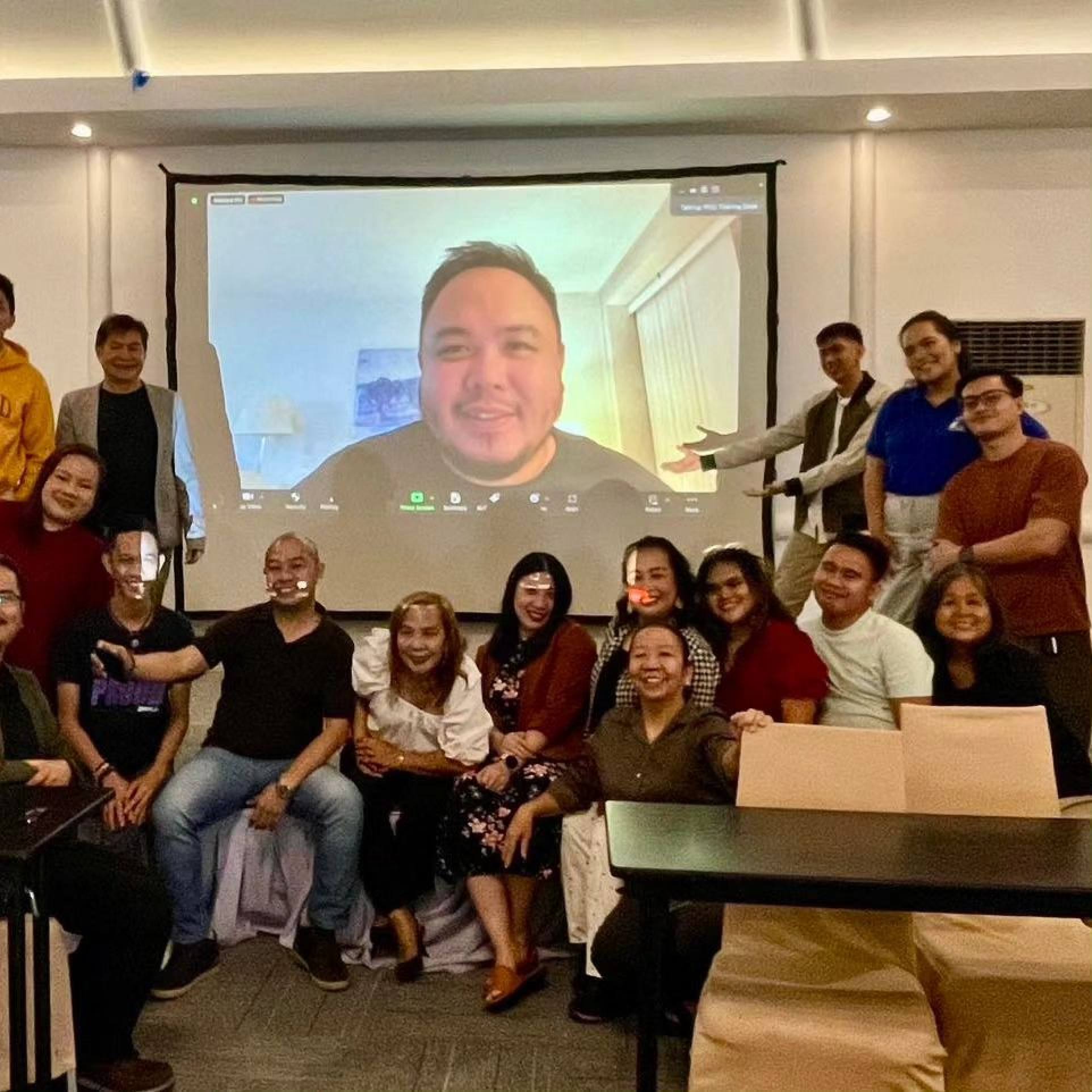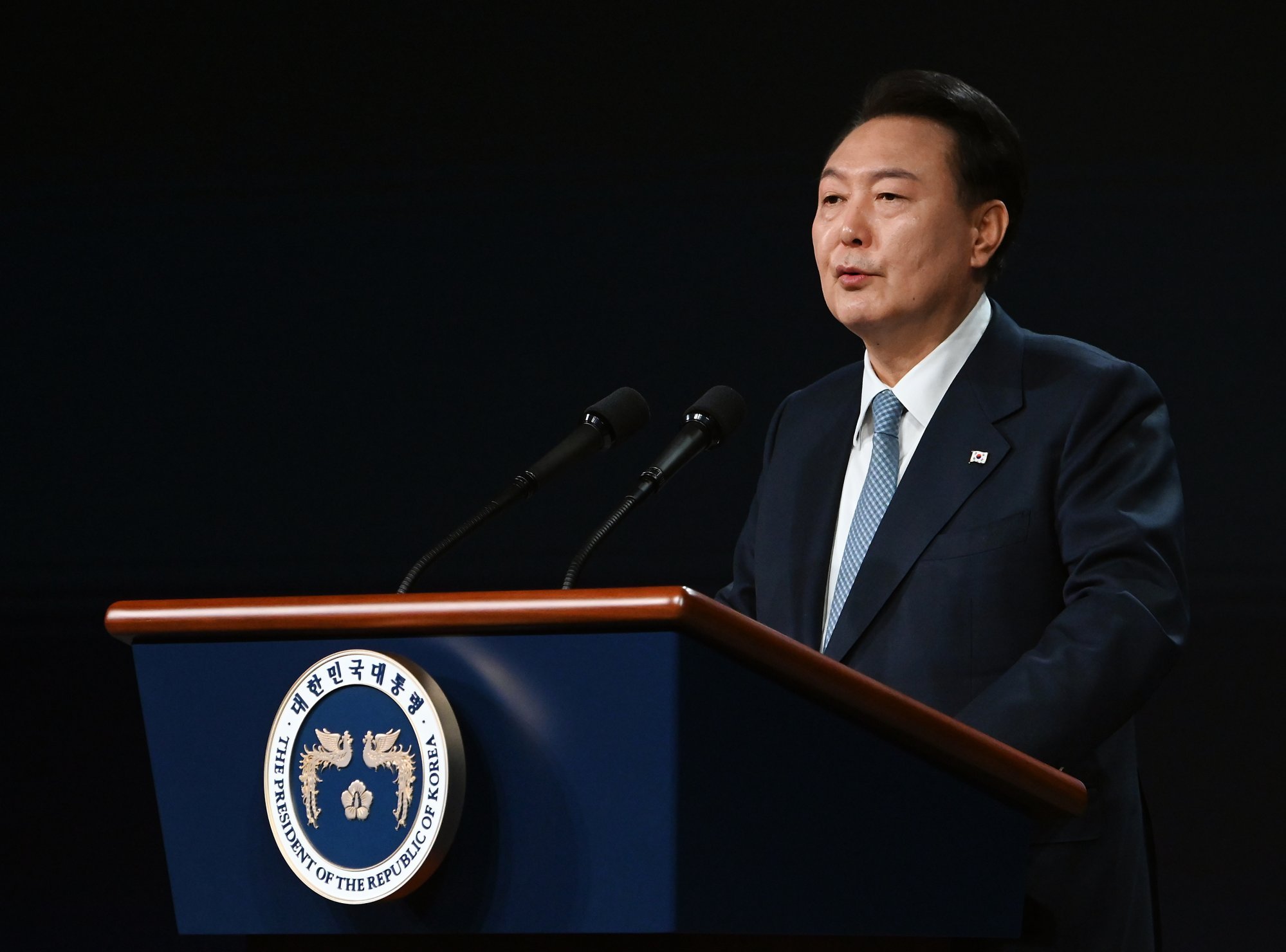Journalists in the newsrooms across the globe, not just the Philippines, are often stretched thin, forced to multitask and cover numerous topics at the same time. Tordecilla wanted to find a solution that could help reporters maximise their efficiency and cut down the time spent poring through documents.

“AI is a hot topic, yet there is little documentation about how to use AI and apply it to journalism,” he said. “So, I wanted to figure out use cases for it – if the hype is true, that this technology could change the world, then it should change journalism as well.”
His program, dubbed COA Beat Assistant, was built using tools available in the paid version of ChatGPT that allow users to customise the AI model for specific purposes without coding. Tordecilla configured it to summarise information from the COA’s hefty executive summaries, which can be up to 50 pages long.
“[COA] reports are very valuable sources of information, and it’s there for everyone … but because of the density of the documents, it takes a lot of time to go through [it], and people see different things inside the document,” he said.
“It’s important to look through these documents to maybe uncover evidence or traces of malfeasance, yet the reporters working on that beat don’t have enough time to go through everything. So I came into my fellowship here [at Harvard] trying to figure out how to use AI technologies to make that job easier.”

The results have been promising. In a February essay for the Reuters Institute at the University of Oxford, Tordecilla wrote that a reporter who regularly covers corruption stories based on state audit reports had estimated that COA Beat Assistant helped cut down the research time by as much as 80 per cent.
As recently as two years ago, creating a similar tool would have entailed programming a sophisticated machine-learning model and feeding thousands of documents with manual annotations into it, Tordecilla said.
He envisages his audit bot as the starting point for other tools that can sift through other similarly dense publications, such as legal documents and environmental reports.
Journalism vs disinformation
While AI may empower journalists to do their work better and more efficiently, there are concerns that the ability to generate lengthy texts on any subject almost instantly could add to the falsehoods coming from purveyors of disinformation.
Even before the rise of generative AI, social-media platforms in the Philippines and elsewhere were becoming flooded with disinformation. But Tordecilla said journalists can counter fake AI content with the same tried-and-true method they have long employed to expose falsehoods: well-researched reporting.
“We’re going to have to go back to our toolkit for misinformation that we’ve been working on for the past decade. That’s how we’re going to deal with the misinformation that AI will deal with,” he said.
Jonathan Corpus Ong, an associate professor of digital media and director of the Global Technology for Social Justice Lab at University of Massachusetts Amherst, told This Week in Asia that the people working to combat false information needed to embrace AI rather than resist it.
AI is here to stay whether we like it or not. It’s our responsibility to cope and adapt
“AI is here to stay whether we like it or not. It’s our responsibility to cope and adapt rather than revert to punitive approaches like preemptively banning AI tools or demonising AI as completely false,” said Ong, who has studied disinformation networks in the Philippines.
“Unfortunately, entrepreneurial ‘bad actors’ are always ahead of the curve in adapting to new digital innovations. If journalists, educators, and human rights workers do not catch up, and learn about AI uses and abuses, then we’d be even more vulnerable to AI-generated fake knowledge claims and propaganda.”
“We need solidarity and sharing of technology to defend our democracies,” Yoon said in Seoul during the opening session of the third Summit for Democracy. “We need to build AI and digital systems that can detect and combat those who use AI and digital technology to create fake news and spread disinformation.”

Even if AI tools can empower journalists to fight corruption and disinformation, the rapidly evolving technology also threatens journalism jobs. There has been much hand-wringing over news outlets, many of which are already struggling financially, choosing to replace reporters with generative-AI content.
Tordecilla said such concerns are overblown and that the technology is still far from being able to replace real journalists. He said the focus instead should be on using AI as an efficiency tool, similar to a word processor or spreadsheet.
However, Tordecilla conceded that AI could change the value proposition of media work.
“It’s going to take the whole industry to figure out where the value lies in that value chain. Someone who’s very good at reporting but who may not be as good at writing could be helped by AI in generating good copy,” he said.
“The most important thing might be being able to go into a community and report on the stories from that community that only you can get.”
Ong said AI tools could be especially useful for journalists in developing countries working in newsrooms with limited resources to develop the kind of training and work processes used by much bigger media outlets.
“Journalists, especially from the Global South, should innovate our own tools and training materials to be relevant to our cultural contexts, regulatory environments, newsroom traditions, and diverse languages. That’s what’s particularly exciting about innovations and training developed by [Tordecilla],” he said.
Tordecilla has held workshops for media organisations demonstrating the use of COA Beat Assistant, as well as other free tools and open-source AI systems.
UN to vote on first resolution on AI, ensuring tech’s safety and security
UN to vote on first resolution on AI, ensuring tech’s safety and security
He expects the tool to further improve at processing much larger stacks of documents, enabling the kind of watchdog reporting that would have required a team of journalists and lots of resources in the past.
“I get asked, ‘Can we have a tool that would compare reports for the same agency across five years and then compare the data that we could get out of those?’ And the current models don’t do a good job at that … And so I’m just looking for the technology to get better and make our lives easier,” he said.


